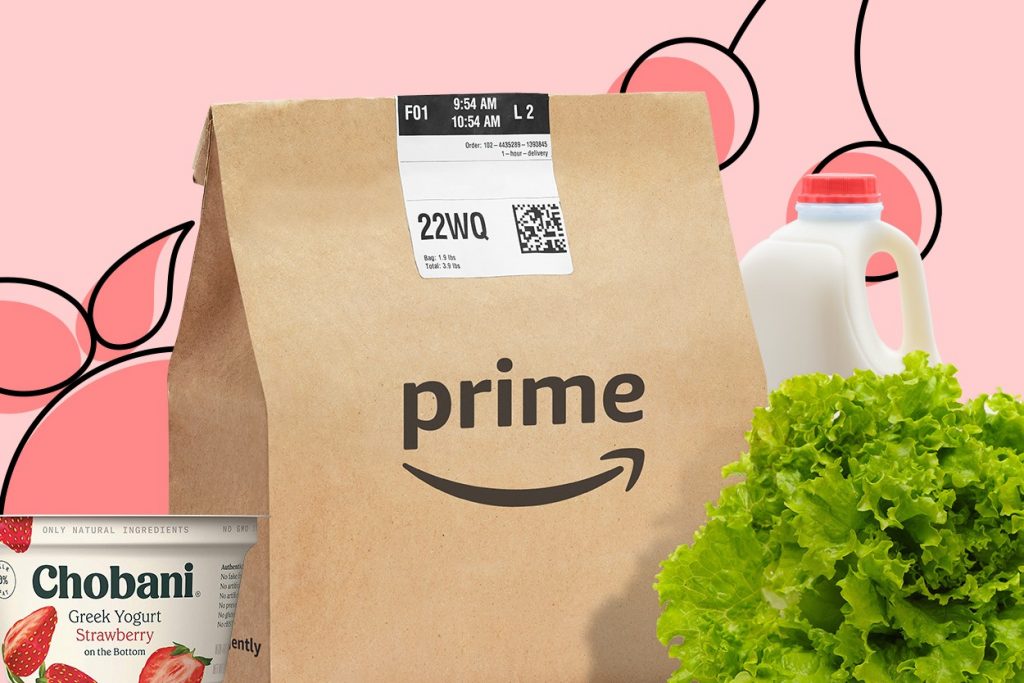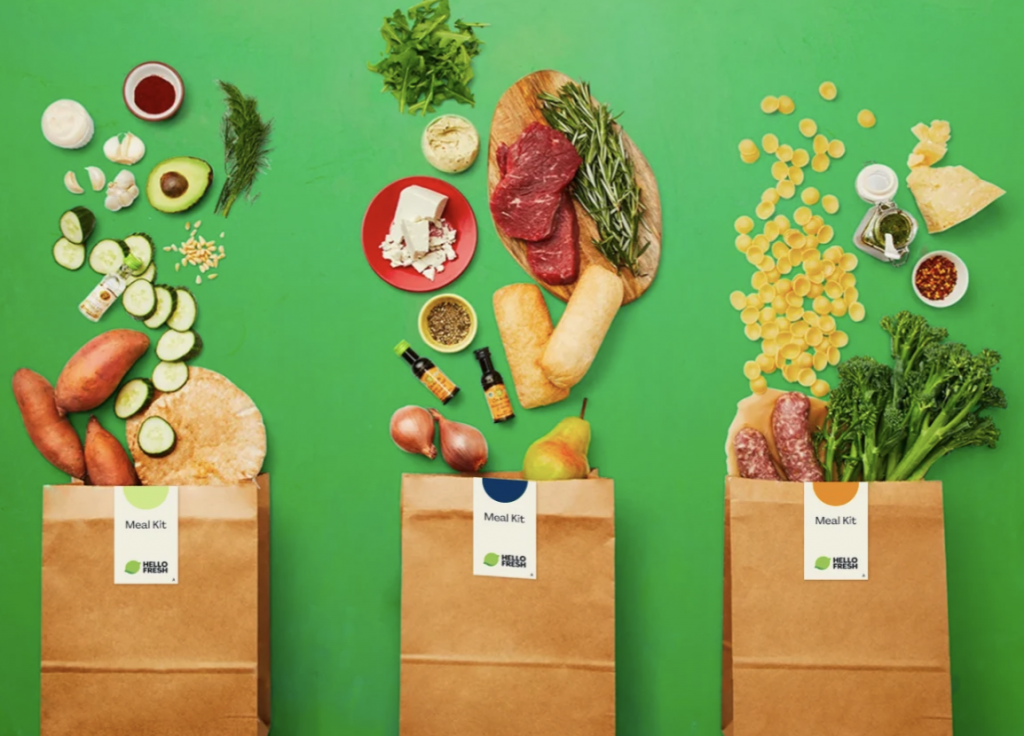How The Price of Gas And Food Go Hand In Hand
Learn how gas prices and food prices go hand in hand and what that means for you.
This article is more than 2 years old

Right now everything seems as though it costs an arm and a leg. A gross overgrowth of inflation has caused prices for virtually every consumer good to surge to painfully high heights. No company or consumer is immune to rampant cost upticks. To complicate matters further, the geopolitical conflict overseas has predicated additional hikes at the gas pump. That extra factor has created a ripple effect in two key consumer areas – gas and food. Gas prices and food prices are inexorably linked. This means as long as gas prices stay high, food prices will too.
Knowing that gas prices and food prices go hand in hand begs the question of why and how they do. Since we in the United States live in an industrialized society that is still heavily dependent on fossil fuels, the interconnectedness spills over into every sector of commerce. In the case of gas prices and food prices, when the price of gas increases, so too does the amount of money it takes to transport food from one place to another. That extra overhead is placed upon the companies transporting the food. However, in order to keep their profit margins in check, those companies then place some of the additional cost burdens into the hands of the end consumer by raising the prices of food.
The combination of the unique set of economic circumstances that are occurring now and the fact that gas and food prices are so interconnected translates to higher costs across the board. Some companies, however, are feeling it harder than others. The CEO of Boxed, Chieh Huang, an E-commerce food delivery company, told CNBC that his business is feeling the gravity of what grossly inflated gas prices mean. Huang explained that, unlike a traditional brick-and-mortar grocery store, his company’s business model is completely based upon delivering the goods that customers order. Essentially, because the company operates by driving their products to their patrons, it becomes far more difficult to maintain competitive prices when fuel is exponentially eating into their overall revenue. “There’s certain things like that where there’s nothing that we can do but pass some of those costs along to those customers,” lamented Huang.

While Boxed may be feeling extra pressure from the correlation between gas prices and food prices, the sentiment is one that echoes throughout the food industry as a whole. Examining food inflation rates from March of 2022 reveals that in the past year overall costs of grocery goods increased by a staggering 8.8%. In just the month of March alone they rose an extra 1%.
Unfortunately for consumers, this concerning inflationary trend looks to have no end in sight. The Federal Reserve is clamoring to reign in soaring rates, however, to date their efforts have been in vain. Because inflation continues to permeate and plague every sector of commerce, not just gas and food, some experts are now even warning of an impending economic recession. A recession could spell more trouble ahead for both businesses and consumers alike. However, only time will reveal if an economic crisis such as that will come to pass.




